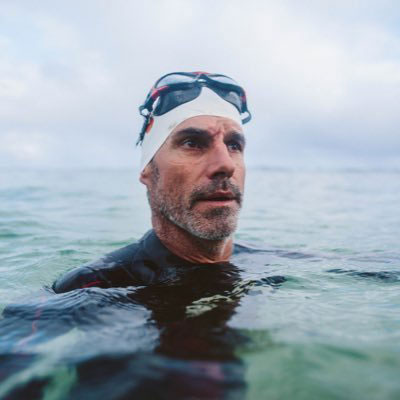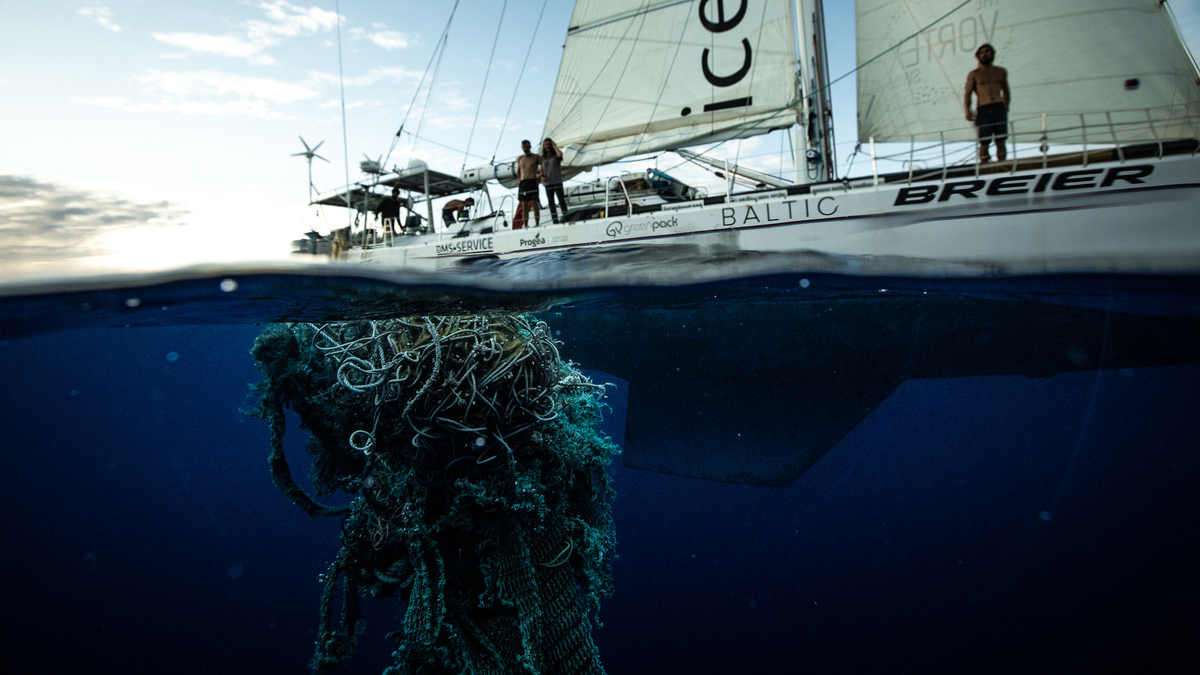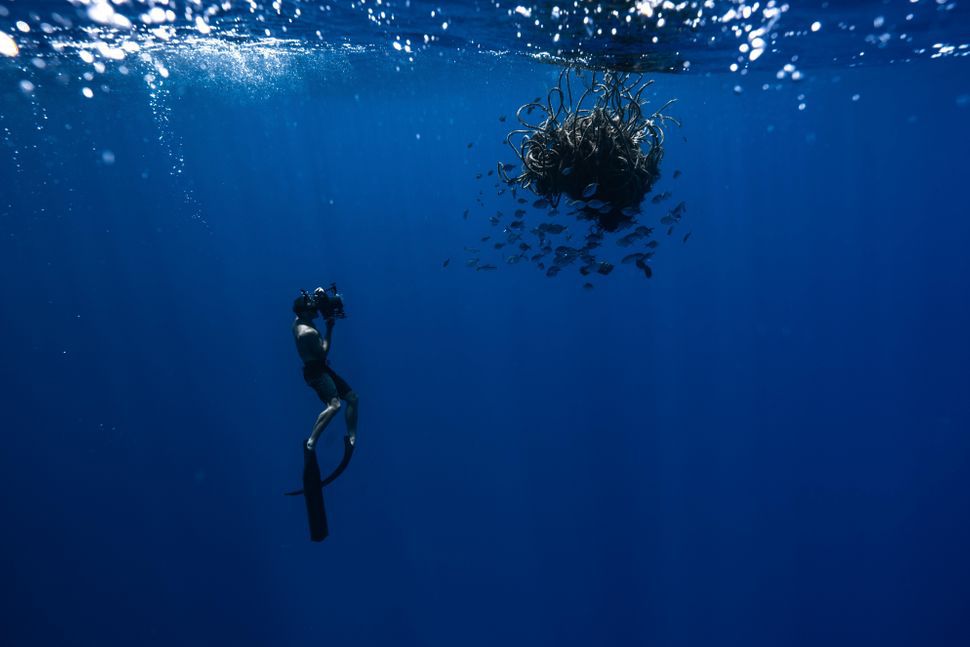Free the Ocean Interviews
Ben Lecomte swam 1,500 nautical miles in 2018. In 2019 he swam 350 nautical miles across the Pacific Ocean in 80 days, from Hawaii to San Francisco, through the highest concentration of ocean plastic pollution in the Great Pacific Garbage Patch. During this time, he and a crew of 10 collected data on microplastics and microfibers, bringing awareness to the issue of plastic pollution and sharing their discoveries through visual storytelling.
Swimming 350 miles in the middle of the ocean is no small feat. This may even sound a little (or very) crazy to some of us, but to Ben, open water swimming is second nature… “This is something I have been doing for a long, long, time, and I use it as a way to express myself and bring attention to the issues that are important to me. I hope to bring attention to a subject that is important, like plastic pollution, and I use the swim as a way to do that.”
The swim resulted in the first trans-pacific data set on plastic pollution ever achieved. Over the course of the three-month journey, Ben and the crew counted about 45,000 pieces of micro-plastic. Each piece was picked up with tweezers, placed and counted, while on a boat rocking back and forth in the middle of the ocean!
Images from the journey
He saw the floating pieces of plastic from the perspective of fish, what marine animals see while underwater. “When looking up at the surface, it almost looked like snowfall, all the microplastics as flakes.” He was swimming through such high concentration areas that the pictures the crew took, which were amazing, did not even do it justice – “you can only really tell when under the surface.” Even in these areas, the marine animals were swimming and acting normally, as there is no way for them to know they’re ingesting harmful chemicals, no way to know to leave the area.
One of the most memorable experiences for Ben? Swimming with a sperm whale (who can grow to be 40ft in length!).
“It was surreal to see, almost like a submarine coming towards you. You realize all these marine animals, including the sperm whale, are just curious. They want to know what this strange human animal is doing in their home.”
When asked about the most challenging times of the journey, the answer had to do with his mindset. “The most challenging thing was simply getting in the water. Realizing that once I got in the ocean, I would be in that environment for 8 hours or so. An environment where you realize how small you are, where your perspective changes.”
Ben is a firm believer in the power of education and awareness, as “solutions can only happen if you’re aware of the problem and education is key to understanding why there needs to be solutions. Once you understand your connection to the issue, the behavioral changes are easier. Realizing you don’t need the straw, the single-use bag or cup, because your actions matter, even if you live away from water, the ocean.”
Images from the journey
The problem of plastic pollution is not a small one, especially since we don’t yet know the extent of the problem, how it will affect us, how it will affect the human digestive system. “We cannot simply ‘kick the can down the road’ and expect the younger generations to deal with it. I think of my children, of my future grandchildren, how what we leave behind will affect them. What gives me hope is the younger generations who keep the conversation going and are actively looking for ways to create change.”
Ben will continue to lead a global movement to natural, but he admits that there is “no silver bullet. We need everyone to be part of the solution, for our oceans and for our future.” While most of us won’t be swimming in the Pacific Ocean for three months, we can take inspiration from Ben’s story and make a difference in other ways, such as answering the daily trivia question on Free the Ocean and changing behavior in our own lives, when we can.





